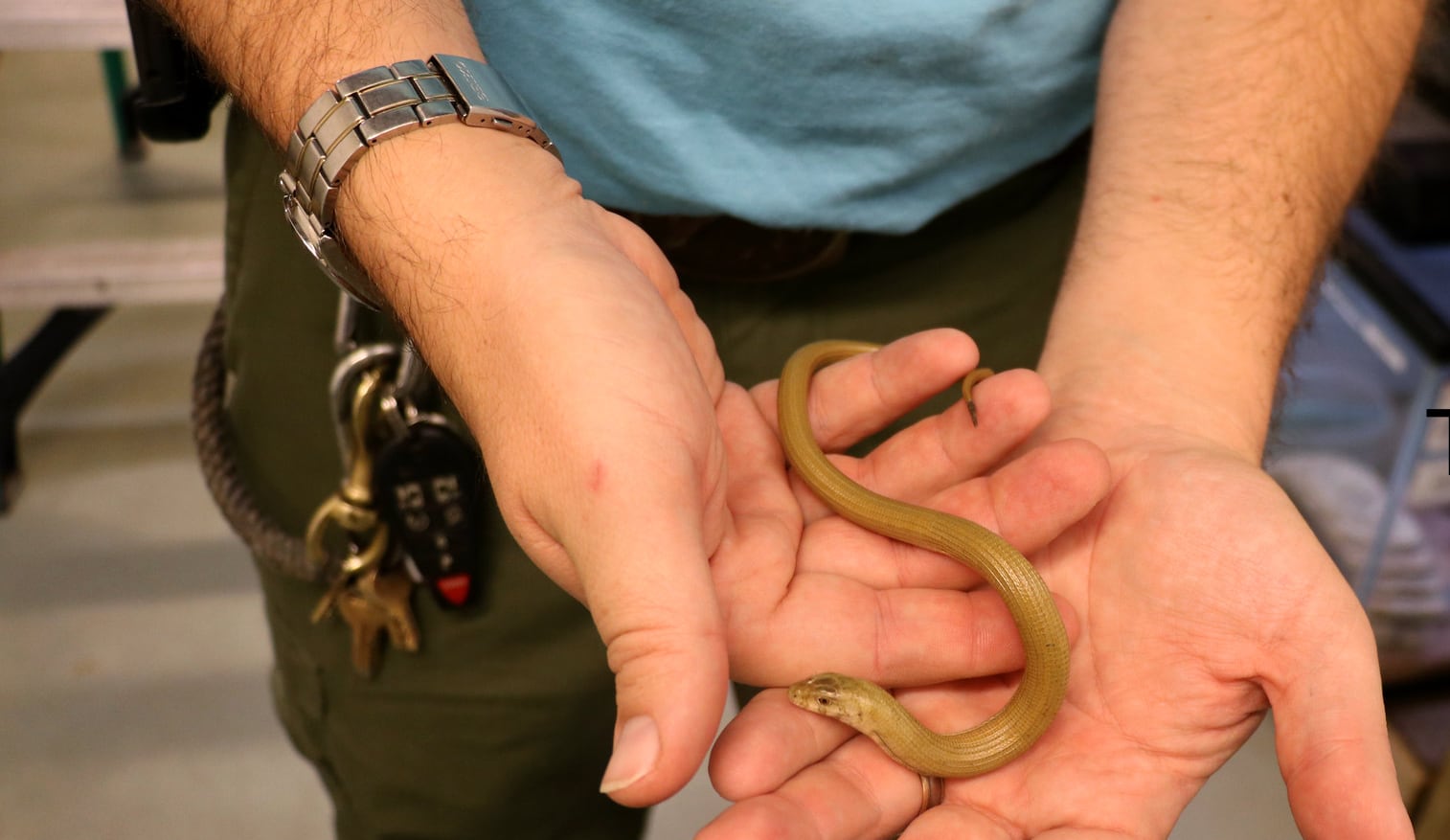The Russian legless lizard was born this year after three years of attempts to successfully breed the species. It is not on display at the aquarium.
A Russian legless lizard (Pseudopus apodus, P.a. thracius) also known as Sheltopusik, was recently born at the National Mississippi River Museum & Aquarium, a feat that may be the first such successful breeding at an Association of Zoos & Aquariums accredited zoo or aquarium since the 1980s, according a news item posted on the aquarium's webpage.

National Mississippi River Museum & Aquarium/Flickr
The Russian legless lizard was born this year after three years of attempts to successfully breed the species. It is not on display at the aquarium.
The aquarium acquired a pair of Sheltopusik and displayed them in an exhibit that featured snakes. The zoo wanted to showcase the lizards to compare them with the snakes. After the exhibit, a herpetologist developed a plan to breed them, and in 2017, eggs were laid. However, that clutch of eggs were not viable.
The Scheltopusik: A Legless Wonder
So the lizards were again brumated and this year, one egg in a clutch was proven to be viable. It reached maturity and a striped Sheltopusik hatched out. That reptile is now a juvenile, though it is not being shown to the public. The lizard's growth and health is being monitored by aquarium staff, and it appears to be in good health.
Russian legless lizards is widely distributed throughout eastern Europe and Asia. They inhabit a variety of habitat types: dryer in the western areas and more moist in the eastern areas. There are two subspecies: the eastern subspecies, P. a. apodus, has a narrower head than the western subspecies, P. a. thracius.


